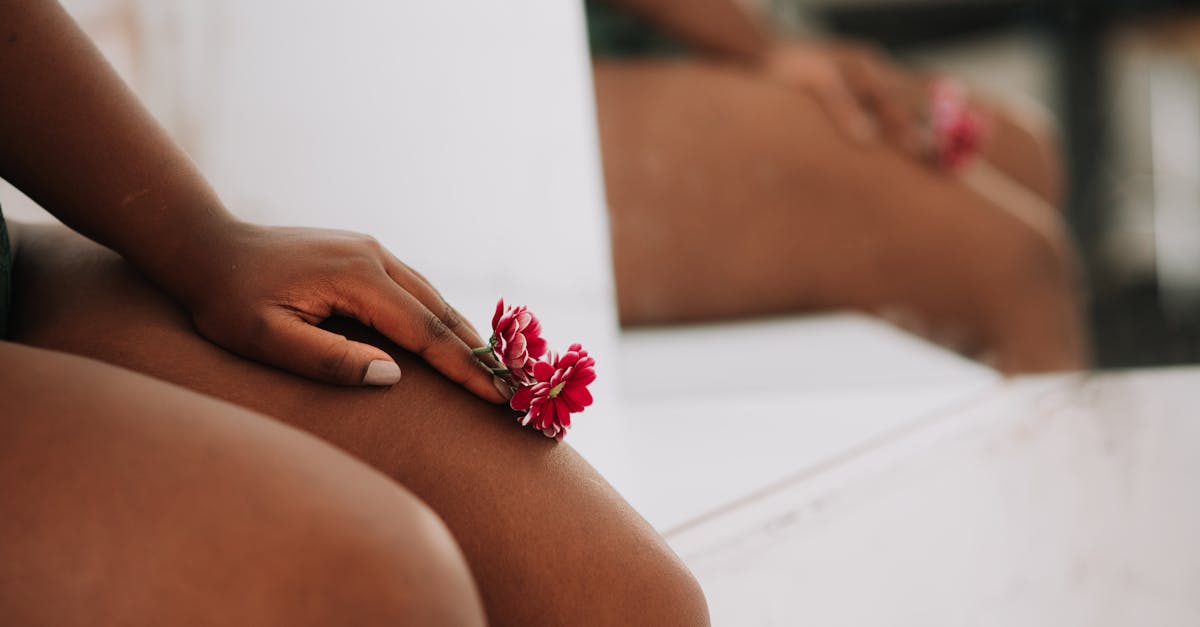Tight Hip Flexors and Back Pain: Managing the Connection for Comfort
Unlocking the Connection: Exploring the Mechanisms behind Tight Hip Flexors and Back Discomfort

Managing the Connection for Comfort: Understanding the Role of Tight Hip Flexors in Back Pain
The intricate network of muscles, bones, and joints in our bodies often conceals hidden connections that can have a ripple effect on our overall health and well-being. One such connection is the little-known but essential link between tight hip flexors and lower back pain. This article will delve into the often-overlooked relationship between hip flexors and back discomfort, exploring the mechanisms behind this connection and providing effective strategies to manage this condition for lasting comfort.
Hip flexors, a group of muscles located at the front of the hip, play a crucial role in various movements, including walking, running, and climbing stairs. However, prolonged sitting, lack of flexibility, and certain activities can lead to tightness in these muscles. When hip flexors become tight, they can pull on the pelvis, causing it to tilt forward and altering the natural curvature of the lower back. This misalignment can put strain on the muscles and ligaments supporting the spine, leading to lower back pain.
1. Understanding the Hip Flexor-Back Pain Connection
Understanding the Hip Flexor-Back Pain Connection: Anatomical Link and Impact
The hip flexor muscles, located at the front of the hip, play a crucial role in hip flexion, which is the movement of bringing the knee towards the chest. They are also involved in maintaining an upright posture and stabilizing the pelvis. However, when these muscles become tight due to prolonged sitting, lack of flexibility, or certain activities, they can contribute to lower back pain through various mechanisms:
-
Pelvic Tilt: Tight hip flexors can pull the pelvis forward, causing it to tilt anteriorly. This misalignment alters the natural curvature of the lower back, putting strain on the muscles and ligaments supporting the spine.
-
Lumbar Lordosis: The anterior pelvic tilt caused by tight hip flexors can lead to an increase in the lumbar lordosis, or inward curvature of the lower back. This exaggerated curve can put additional压力on the lumbar vertebrae and discs, potentially resulting in back pain.
-
Muscle Imbalances: Tight hip flexors can create imbalances in the muscles around the hip and lower back. When the hip flexors are tight, they can overpower the opposing muscles, such as the gluteal muscles and hamstrings. This imbalance can lead to muscle weakness and further contribute to back pain.
2. Impact of Tight Hip Flexors on Back Pain

Impact of Tight Hip Flexors on Back Pain: Mechanisms and Consequences
Tight hip flexors can have a significant impact on back pain through various mechanisms:
-
Postural Imbalances: Tight hip flexors can disrupt the natural alignment of the body, leading to postural imbalances. When the hip flexors are tight, they can pull the pelvis forward and cause an anterior pelvic tilt. This misalignment can put strain on the lower back muscles and ligaments, as they attempt to compensate for the altered biomechanics.
-
Muscle Strain: Tight hip flexors can strain the muscles of the lower back. The erector spinae muscles, which run along the spine, are responsible for extending and supporting the back. When the hip flexors are tight, they can overwork the erector spinae muscles, leading to muscle fatigue and potential strain or spasm.
-
Nerve Compression: In some cases, tight hip flexors can compress the nerves in the lower back. The sciatic nerve, which runs from the lower back down the leg, can be impinged by tight hip flexors. This can lead to pain, numbness, or tingling in the lower back and leg.
3. Effective Management Strategies
Effective Management Strategies: Addressing Tight Hip Flexors and Back Pain
Addressing tight hip flexors and alleviating back pain requires a multifaceted approach that includes stretching, strengthening, and lifestyle modifications:
-
Stretching: Regular stretching of the hip flexors can help improve their flexibility and reduce their tightness. Effective stretches include the kneeling hip flexor stretch, the standing quad stretch, and the lunging hip flexor stretch.
-
Strengthening: Strengthening the hip flexors and the opposing muscle groups can help stabilize the pelvis and reduce strain on the lower back. Exercises such as squats, lunges, and hip thrusts can help strengthen the hip flexors, while exercises like bridges and hamstring curls can strengthen the opposing muscle groups.
-
Lifestyle Modifications: Making certain lifestyle modifications can also help reduce hip flexor tightness and back pain. Maintaining a healthy weight, avoiding prolonged sitting, and engaging in regular physical activity can all contribute to improved hip flexor flexibility and reduced back pain.
4. Stretching for Tight Hip Flexors

Stretching for Tight Hip Flexors: Techniques for Improved Flexibility and Reduced Discomfort
Stretching tight hip flexors is an effective way to improve their flexibility and reduce discomfort. Here are some specific stretching techniques that target these muscles:
-
Kneeling Hip Flexor Stretch: Kneel on one knee, with the other foot flat on the floor in front of you. Lean forward and place your hands on the floor in front of you. Gently push your hips forward until you feel a stretch in the front of your hip. Hold for 30 seconds and repeat on the other side.
-
Standing Quad Stretch: Stand with your feet hip-width apart. Grab your right foot with your right hand and pull it up towards your buttocks. Keep your knee bent and your thigh parallel to the floor. Hold for 30 seconds and repeat on the other side.
-
Lunging Hip Flexor Stretch: Lunge forward with your right foot and place your left knee on the floor. Keep your right knee directly above your ankle and your torso upright. Gently push your hips forward until you feel a stretch in the front of your right hip. Hold for 30 seconds and repeat on the other side.
5. Strengthening Exercises for Hip Flexors
Strengthening Exercises for Hip Flexors: Building Stability and Reducing Back Pain Risk
Strengthening the hip flexors can help promote stability and reduce the risk of future back pain episodes. Here are some targeted exercises that focus on strengthening these muscles:
-
Squats: Stand with your feet shoulder-width apart and lower your body by bending your knees and hips, as if sitting back into a chair. Keep your chest up and your knees aligned with your toes. Return to the starting position by extending your knees and hips.
-
Lunges: Step forward with your right foot and lower your body by bending both knees until your right thigh is parallel to the floor and your right knee is directly above your ankle. Push off with your right foot to return to the starting position and repeat on the other side.
-
Hip Thrusts: Lie on your back with your knees bent and your feet flat on the floor. Lift your hips up towards the ceiling by squeezing your glutes and hamstrings, keeping your back straight. Lower back down to the starting position and repeat.
Quiz: Test Your Understanding
-
True or False: Tight hip flexors can contribute to lower back pain.
-
Which of the following is a mechanism by which tight hip flexors can lead to back pain?
(a) Pelvic tilt (b) Lumbar lordosis (c) Muscle imbalances (d) All of the above
- Which of the following is NOT an effective management strategy for tight hip flexors and back pain?
(a) Stretching (b) Strengthening (c) Surgery (d) Lifestyle modifications
Answer Key
- True
- (d) All of the above
- (c) Surgery
